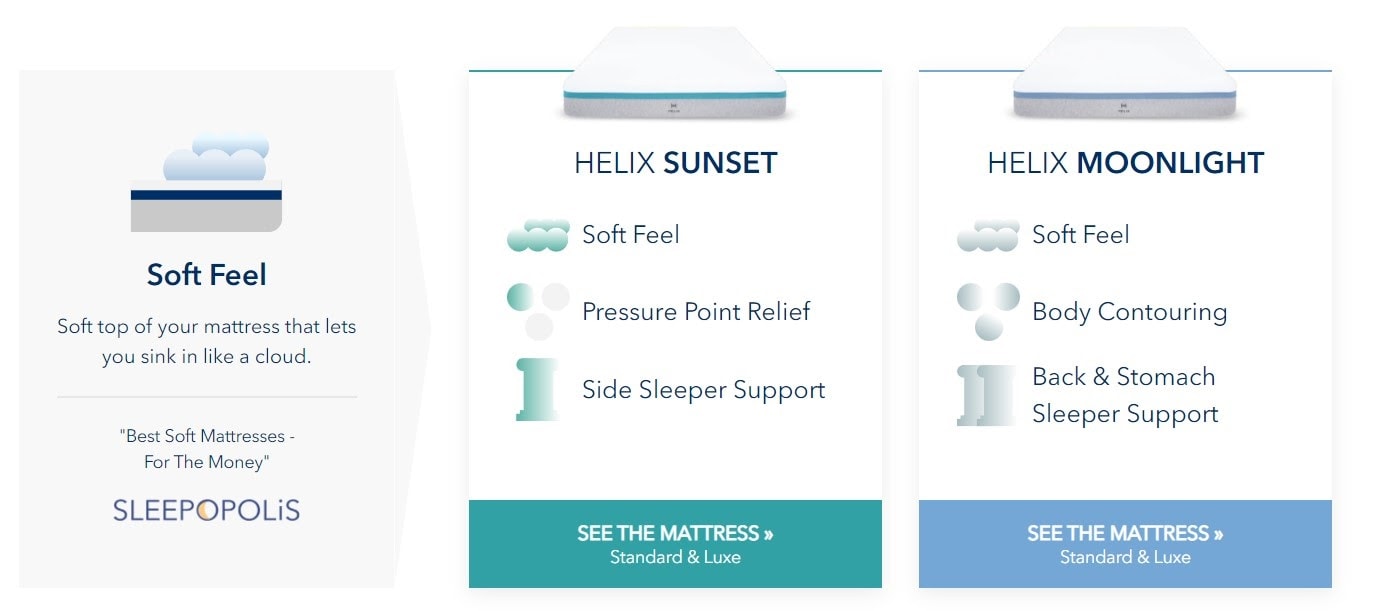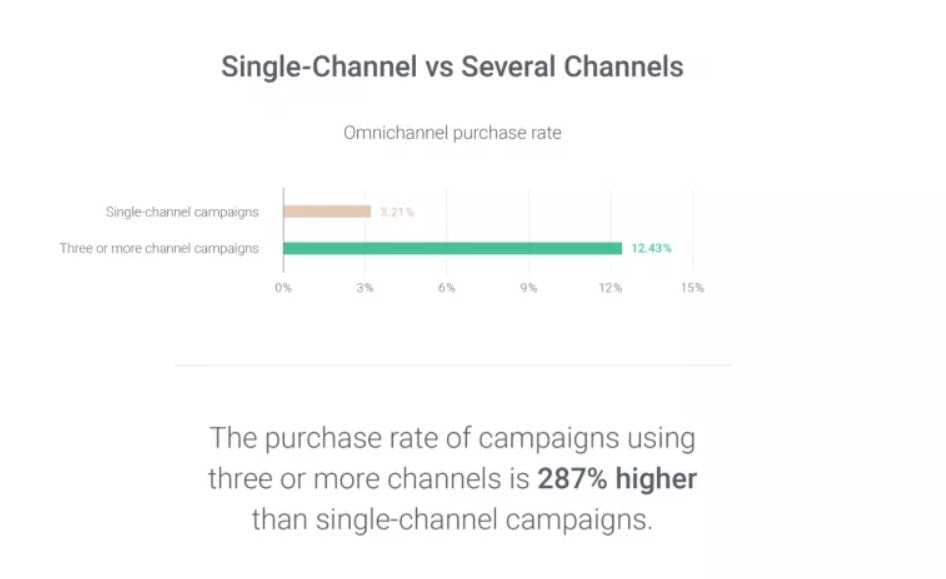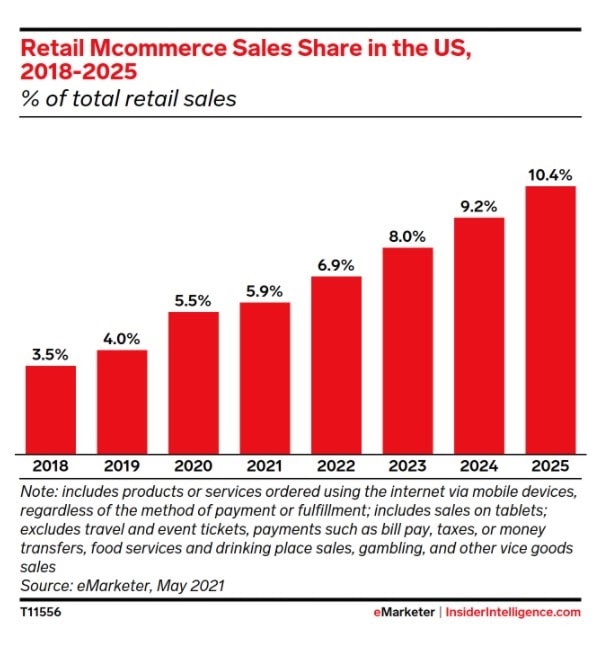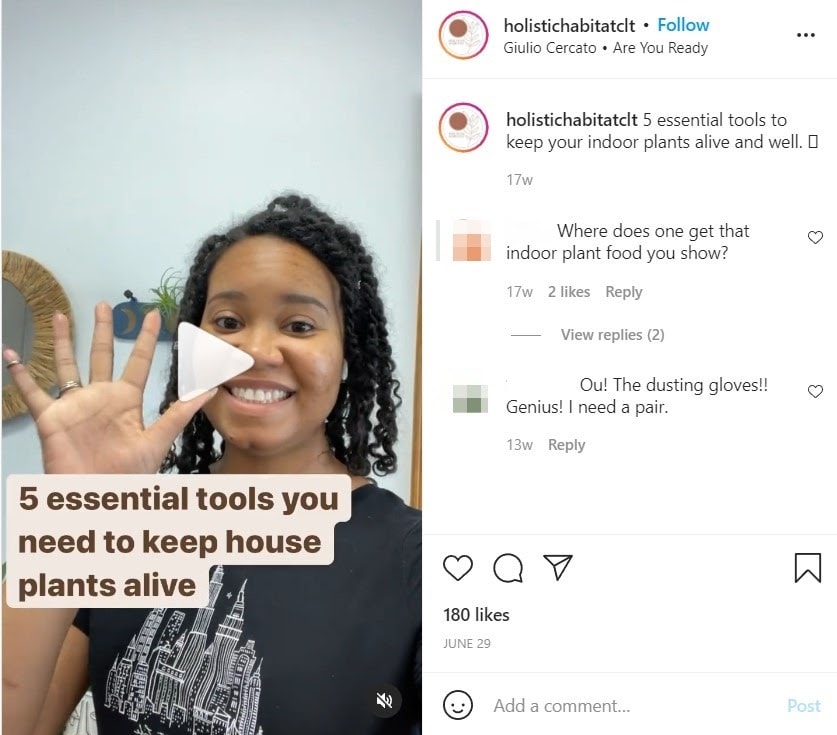
How to Sell Home Decor Online: The Ultimate Guide
Home is no longer just the place we relax or sleep. It’s become an ad-hoc replacement for our gyms, cafes, offices, theatres, and schools. The concept of homes as we know them has shifted during the pandemic—and consumers have adapted to it.
Americans spent nearly 10 percent more on home improvement projects in 2020, according to Home Advisor. Now, more than ever, the average consumer deeply cares about how their living spaces look.
It’s no wonder why the global home decor market, valued at $616.6 billion in 2019, is expected to reach $838.6 billion by 2027.

Source: Research and Markets
For brands to leverage this booming market, they must reach people. But for a space that’s remained traditionally brick-and-mortar, is selling online the best idea for home decor retailers?
Yes, as it turns out. Ecommerce is driving the sales of home decor. Consumers want to put a lot of love into their homes today, and they’re relying on the digital world to help them out.
Here, we explore why home decor brands need to sell online and how they can begin.
Why selling online is no longer optional for home decor brands
People were already getting used to the idea of purchasing home decor online even before the COVID-19 crisis. Williams-Sonoma and its brands like West Elm and Pottery Barn saw 52.8% of their retail sales come through ecommerce in 2018.
The pandemic has only added greater urgency to this effort:
- The home-products and furnishings category saw a year-over-year (YOY) online sales increase of 97% in March 2020.
- Furniture Today showed a 200% surge in online furniture browsing, 242% increased browsing for desks, 260% jump in searching for outdoor furniture online, and a 205% increase in browsing for home decor in March 2020.
- 58% of millennials, nearly half of Generation X, and 37% of baby boomers say they were more likely to shop for home furnishing online now than pre-pandemic.

Source: Statista
- Websites selling home decor and furniture products online generated 1.7 billion visits in March 2020.
Brands with an established online presence during the COVID shutdown could keep up with sales, despite physical stores getting closed. For instance, DTC home furnishing brand Article shared that April 2020 was their highest revenue month to date, with sales up 200% year over year.
But many retailers weren’t prepared for the pandemic-induced digital shift. They were heavily dependent on in-person sales, with poorly-built websites lacking advanced features for online shopping.
It’s no wonder the home furnishing industry suffered a 26.4% YOY decline in March 2020—translating to billions of dollars in lost revenue.
And for retailers, growth is expected to continue accelerating. A report by Technavio predicts the online home decor market will grow by $83.32 billion during 2020-2024 and reach $348.3 billion by 2027.

Source: Research and Markets
So, online sales aren’t going anywhere. The coronavirus crisis is a testimony to how critical it is for modern brands to have a digital presence.
Being online doesn’t mean shutting down your brick-and-mortar store. The most successful home decor brands are taking a more wholesome approach and developing an omnichannel strategy—allowing consumers to shop hassle-free online or offline.
Here’s how to set up your home decor brand for omnichannel success.
How home decor brands can sell online: Everything you need to know
Opportunities for home decor brands to enter the home are abundant. The barrier to entry is minimal, and no company holds a monopoly—Semisupervised’s 2021 study of 1,111 DTC brands placed “home and garden” in the least saturated category.
If you’ve ever thought about starting a home decor business or taking your existing one online, now is the time. Here’s your step-by-step guide to getting started:
1. Find what you want to sell (and how)
The easiest way to differentiate your brand from the mass market is by offering a unique product to a niche audience.
What you choose to sell depends on your budget, area of expertise, and preferred business model. For example, you can work with a manufacturer to create your furniture or you can make the furniture in-house and work with consumers on a made-to-order model.
You don’t have to come up with an entirely new product, either. You can sell to a niche audience with minor modifications to a popular category. Take Ordinary Habit and Goodfit, for example. Both make puzzles—but while Ordinary Habit aims to design artful games that help people get away from screens, Goodfit makes puzzles reflecting modern culture through recycled cardboard. Same product—targeting two different types of consumer markets.
What you sell also relies heavily on how much you can invest. The amount of money you need to get your business off the ground depends on your product choice and business model. For instance, a print-on-demand business won’t require much investment upfront since you’re buying materials as you go. But a furniture business might need storage and warehouse space—requiring capital right at the beginning.
You don’t have to go big or go home—you can begin humbly. Farah Mehri started her home decor brand Inspire Me! from her Instagram account. After four years of teaching her Instagram audience how to make their homes warm and inviting, she started her own product line.

Source: Instagram
Like Farah, you can begin small with what you can afford and gauge the demand in the market before you scale.
2. Build your brand online
Successful brands are strategic. You need to carve out a brand story, set your visual aesthetic, decide your vision and mission, and solidify your ideal consumer.
Building a brand gives you an edge over your competitors and makes you more memorable. Data shows 77% of brands can simply disappear, and no one would care. You wouldn’t want to be one of those brands, would you?
Branding is essential in home decor categories where consumers largely make logic-driven purchases—like furniture and mattresses. Infrequent purchases mean buyers often spend significant amounts of time evaluating choices, comparing brands, and seeing what goes with their style.
Picking brand guidelines also acts as a reference when you map content for your website and social media. 68% of brands in one study report that brand consistency has contributed 10-20% to their revenue growth.

Source: Lucidpress
Take sustainable furniture company Knoll. They highlight their operational footprint and product processes on their website and even publish a sustainability report.

Source: Knoll
According to one study, 86% of consumers claim there are certain products for which they’ll purchase only from a brand name.
Building a brand can help consumers identify you from the noise and keep coming back for more.
3. Build a top-notch online store and website
Your website and online store are the faces of your company—determining how consumers perceive your brand. You want to capture your consumers and leave a positive impression fast.
Don’t know where to begin?
BigCommerce makes it easy for you to set up your store even if you aren’t big on tech or coding. The platform is highly customizable, letting you design your online store and website to match your brand. You can also purchase your domain name for your store directly from BigCommerce.
While designing your website, don’t make the mistake of skimping on the details of product photography, succinct descriptions about your product, and a consistent color scheme. Here are the elements to take care of:
Homepage
Your homepage is the first thing consumers see when they land on your website. It should talk about what you care about the most and what your existing consumers love about you.
Many brands like Frama—a lifestyle objects company—also opt for displaying their bestsellers and the latest content on their homepage so consumers can immediately start purchasing from them.

Source: Frama
Another thing you need to take care of on your homepage is navigation. Consumers should be able to find their way around your website easily—your brand story, your product categories, a way to contact you, and any FAQs.
Since the homepage is the first impression of your brand to consumers, don’t be afraid to sprinkle some personality. Take the hardware brand, Yuns. It has a homepage with minimal distractions, a stand-out cursor, and a unique experience.

Source: Yuns
Product categories
If you sell various products, you must separate them into different web pages for the best consumer experience. Howards Storage World’s mega-menu navigation gives customers a quick overview of the various subcategories they can shop from—both visually and textually.

Source: Howards Storage World
You can also apply trends & demand and divide your product categories for what consumers might be searching for right now. For example, Frame Bridge has different categories for different occasions, like gift shopping, Christmas, or travel.

Source: Frame Bridge
You can also get creative and show your product in different use-cases to highlight the categories of your products. Article, for example, does a great job displaying how their product looks in different rooms.

Source: Article
Product images and descriptions
Consumers can’t see and feel your products, so product photos are your opportunity to build trust and replace the in-person buying experience.
Use a combination of photos of your product to display finer details, for instance, and consumers using your product. For furniture and other items, consider using advanced features such as virtual tours and 3D imaging. They enable consumers to see themselves using your product. It’s possible to do this on your own, but if you can afford it, hire a product photographer to help capture the essence of your brand.
Furniture company American Leather does a wonderful job sharing high-quality photos of their products and people using them. They also have brief product descriptions to go along with it.

Source: American Leather
Here are a few product photography and product description tips and tricks to keep in mind:
- Shoot your product from different angles and highlight the scale. This helps consumers avoid feeling like your actual product differs in size from the image.
- Include detailed measurements for products like furniture in the description. Take furniture brand, Eloquence. Their product descriptions are short, straightforward, and answer all questions consumers might have.
Source: Eloquence
- Try to capture the finer details of your product by taking a zoomed-in picture.
- If it’s possible with your ecommerce website builder, go 3D. BigCommerce’s integration with ThreeKit lets you customize and configure your product in amazing 3D, AR, and virtual photography.
- Tell a story. Who is this product for? How can it be used? Why is it better than its competitors? This makes it easy for consumers to see why they should choose you over your competition. Take how Helix quickly talks about its mattress’ features on its website:

Source: Helix
4. Figure out shipping logistics and provide excellent customer service
The need to provide a smooth shipping experience—with fast shipping, easy returns, and low delivery charges—is indisputable today. Why? It’s one of the biggest deal-breakers for consumers. 49% of consumers cite extra costs of shipping, taxes, and fees as the primary reason for cart abandonment.

Source: Baymard Institute
But figuring out shipping, making a smooth return process, and keeping your customer in the loop throughout can be a nerve-wracking process.
You might be fulfilling orders yourself in the beginning. But as you scale, it makes more sense to hire a shipping company to be your warehouse partner. Make sure your chosen fulfillment partner has good reviews and has worked with similar companies in your industry. Determine what they charge beforehand so you can factor it in while pricing your product.
Gain consumers’ trust by elevating product reviews, highlighting quality assurance seals, and making returns and trials easy. Snowe’s transparent return policy and their detailed FAQ page is a great example.

Source: Snowe
But there’s more to customer service today than just seamless shipping.
Enter: Multichannel and omnichannel retailing.
The pandemic forced many retailers to adapt to multi-channel retailing—the practice of selling merchandise on many different sales channels.
According to a report by Global Data, retailers employing multichannel services achieved the best online channel growth rates—including many traditional retailers like Best Buy, Target, and Walmart.
Neil Saunders, GlobalData’s lead retail analyst, said:
“Despite claims that the growth of online shopping is leading to a ‘retail apocalypse,’ the reality is that many retailers across all sectors are thriving because they are innovating with multichannel to provide a convenient shopping experience for consumers. A very significant proportion of sales that are attributed to the online channel are, in fact, multichannel sales that rely on both stores and online for success. On average, one third of “online” non-food purchases – where a customer actually transacts online – are in fact reliant on physical stores for product selection, pick up, or return.”
The data backs this up—according to a report by Gallup, while brick-and-mortar stores show a five percent YOY growth, 60 to 70% of consumers are researching products both in-store and online. So, being just offline isn’t enough anymore.
Many retailers are also starting to recognize the importance of omnichannel retail—taking multichannel up a notch.
But what is omnichannel retail exactly?
It’s a brand’s presence not just on multiple channels (e.g., e-commerce & brick-and-mortar), but a seamless integration of inventory, customer service, and sales—making the transition between channels seamless.
Do you ever log in to your Amazon app from your smartphone and resume shopping for what you earlier saw on their website? It’s a classic example of omnichannel in action. Omnichannel strategies drive an 80% higher rate of incremental store visits. Omnisend even confirmed marketers using three or more channels in any campaign earned a 287% higher purchase rate than those using a single-channel campaign.

Source: Omnisend
60% of millennials expect a consistent experience from brands across channels. No wonder the global retail omnichannel commerce platform market is expected to reach $11.1 billion by 2024.
But despite the tremendous benefits of multichannel and omnichannel retail, only 73% of marketers have a strategy in place for multichannel marketing. And while 91% of retailers plan to invest in omnichannel strategy, only 12% of retailers say they have the right technology to implement it.

Source: The State of Omnichannel Retail
How can you opt for a better omnichannel approach?
- Get to know your consumers: Conduct surveys, talk to your customers 1:1, and listen to them on social media to offer personalized services and understand what your consumers truly want. For example, Serena and Lily provide personalized design advice to their consumers.

Source: Serena and Lily
72% of consumers say they only engage with personalized messaging. Getting to know your consumers is the stepping stone to offering personalized service to your customers. Furniture store, Burrow, takes customization to the next level with their innovative configurator. Consumers can choose the size, color, height of arms and legs while shopping for their sofa.

Source: Burrow
- Offer a great mobile experience: Optimizing your site for mobile is no longer an option. US mcommerce sales will nearly double their share of total retail sales between 2020 and 2025.

Source: eMarketer
- Be where your consumers are: Don’t jump on every channel available to you. Instead, be strategic and be where your audience is.
Customer service today is beyond affordable shipping and proactive communication. People want a hassle-free experience across devices and plentiful customization options.
5. Create a comprehensive marketing strategy
You can’t afford to be a couch potato when it comes to marketing—you have to be proactive and strategic to figure out what works for your brand. Do Facebook ads make more sense for your business, or should you try content marketing? Experimentation and thorough research are your friends here.
The furniture brand Industry West, for example, ran a creative Instagram campaign that resulted in over $900,000 in online sales. They wrote an “oops” style message sharing the details to access discounted merchandise. Their post took off, and they averaged one order every five minutes. 72% of shoppers from this campaign were first-time customers.
Like Industry West, one way to market well is to share content and build an audience on the social media platform of your choice.
For example, if you’re a furniture brand, you can share design tips and advice. It’s a great way to redirect traffic to your site and convert more social media followers into consumers. You can try a healthy mix of promotional, educational, and entertaining content.
For instance, Holistic Habitat—a socially conscious decor brand—does a great job with its Instagram Reels.

Source: Instagram
Flooring company Flooret, on the other hand, creates blog content centering around design advice, customer stories, industry trends, and more.

Source: Flooret
In the end, focus on marketing authentically and bonding with your consumers. 76% of consumers would buy from you over your competitor if they feel connected to your brand.
There’s no place like home: The future for home decor brands
So, there you have it. Our comprehensive guide to how your home decor brand can sell online.
If you’re still not reaching consumers digitally, you’re leaving money on the table for your competitors.
Right now, the bridge between e-commerce and in-store is shrinking. Selling online without sacrificing the customer experience is the best bet for home decor brands looking to grow in 2022 and beyond.



